Cost of living, soaring rents, energy prices: ‘Perfect storm’ forcing major industry to shut up shop
Crippling cost of living pressures, soaring rents, high energy prices, and mounting tax debts have created a “perfect storm”, leading to record high closures in a major industry.
Credit reporting agency CreditorWatch last week revealed hospitality closures hit a record high of 9.3 per cent in the 12 months to February 2025.
This was up from 7.1 per cent in the prior 12 months and equates to one in 11 businesses in the sector shutting up shop as cost increases and household price pressures plague everyday Aussies.
The trend is being felt across Australia, with Graeme Beattie, managing principal at insolvency firm Worrells’ NSW/ACT branch, telling SkyNews.com.au there has been “quite a large” number of hospitality appointments over the past 12 to 18 months.
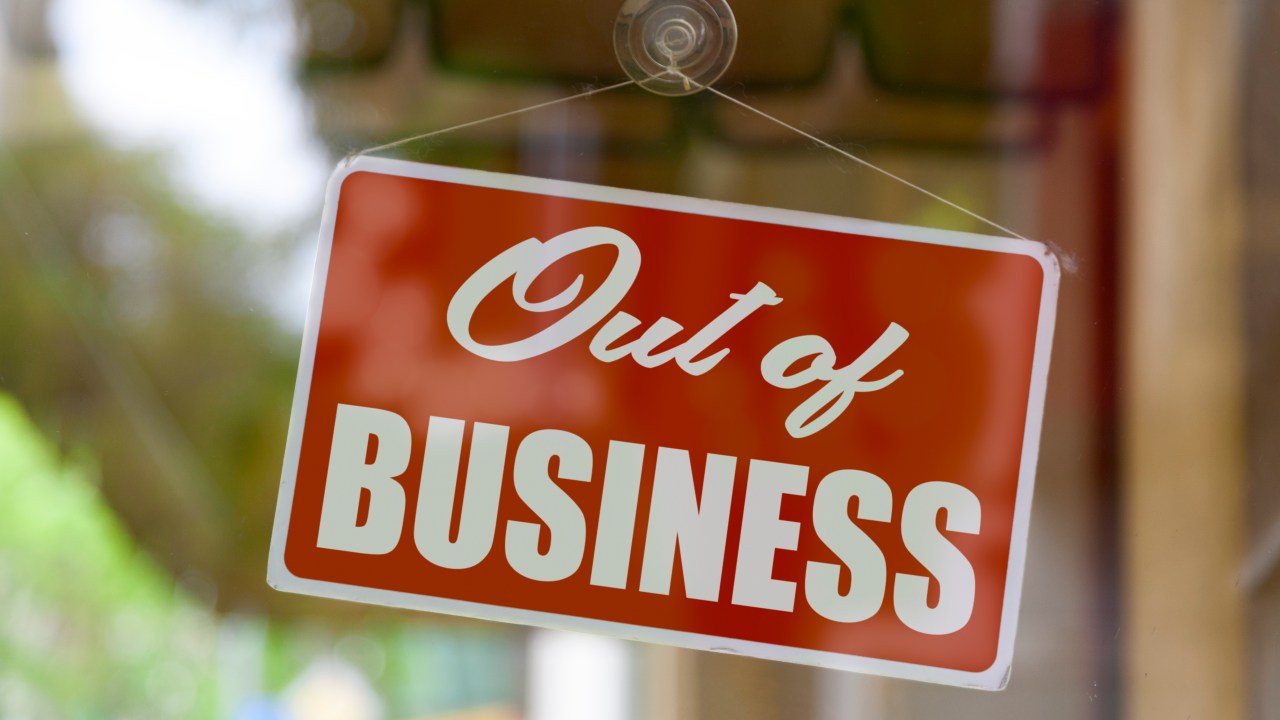
Ranging from small cafes to larger operations, hospitality venues of all shapes and sizes are feeling the pinch as lower disposable income and discretionary spending lead to both a drop in patronage and spend per head.
“People just aren't going and buying the extra coffee every day or… buying takeaway food that they were a while ago,” Mr Beattie said.
Soaring power bills
The pinch has been acutely felt by Dre Walters, managing director of Sydney-based hospitality business Old Mate’s Group.
Mr Walter’s company includes CBD rooftop cocktail bar Old Mate’s Place, a basement rum bar Old Love's and another cocktail venue in Sydney’s inner west.
Huge power bills have been a major source of pain for the team at Old Mate’s, as they adapt with energy conscious tactics to keep prices down.
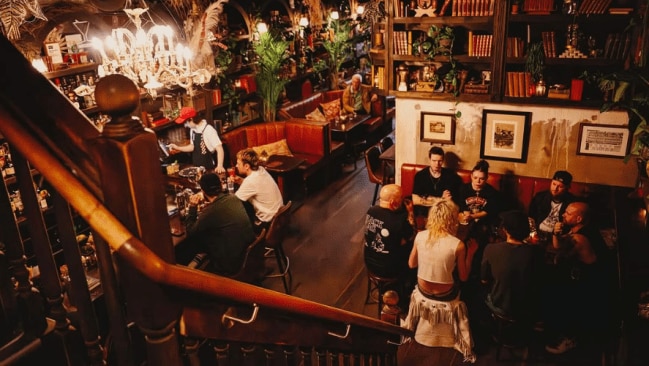
Timers on lights, automatic sensors, low energy use light bulbs, and myriad other measures have been undertaken throughout just the past year to mitigate expenses.
“Anything we can do to save on power, we do,” Mr Walters told SkyNews.com.au.
He said the power bill for Old Mate’s Place had soared from about $3,000 per quarter when he started the cocktail joint about six years ago to almost double that.
“I literally paid one for $5,800,” Mr Walters said.
“That hurts a little bit, but there's nothing you can do.
“You need the power. If you don't have power, then you don’t have stock. If your stock goes off, then that's food waste and you've got to buy it again.”
Businesses in the food and beverage sector have experienced damage to their bottom lines from rising energy and electricity prices – a factor hurting most Australian sectors.
Sharp power price hikes drove bills up by about 40 per cent in total across two years before simmering in the 2025 financial year.
Energy users could also face another hike of between one and nine per cent from July 1, if recent recommendations from the Australian Energy Regulator are implemented.
‘Perfect storm’
Hospitality was one of the worst impacted industries from the COVID pandemic as many Australian states entered snap lockdowns which forced bars, cafes and restaurants into becoming take away venues at best.
Large government stimuluses for impacted businesses throughout this period meant insolvency numbers stayed low, but the cumulative impacts caught up after the help ran dry.
Simon Miller, a partner at Adelaide-based liquidator Clifton Hall, said his firm had received about eight appointments, alongside eight inquiries that have not progressed, over the past 12 months.
He added many hospitality businesses had never recovered from the pandemic.
A combination of the lower patronage and ongoing debts - particularly tax debts - have weighed heavily on the shoulders of hospitality businesses trying to stay afloat, Mr Miller said.
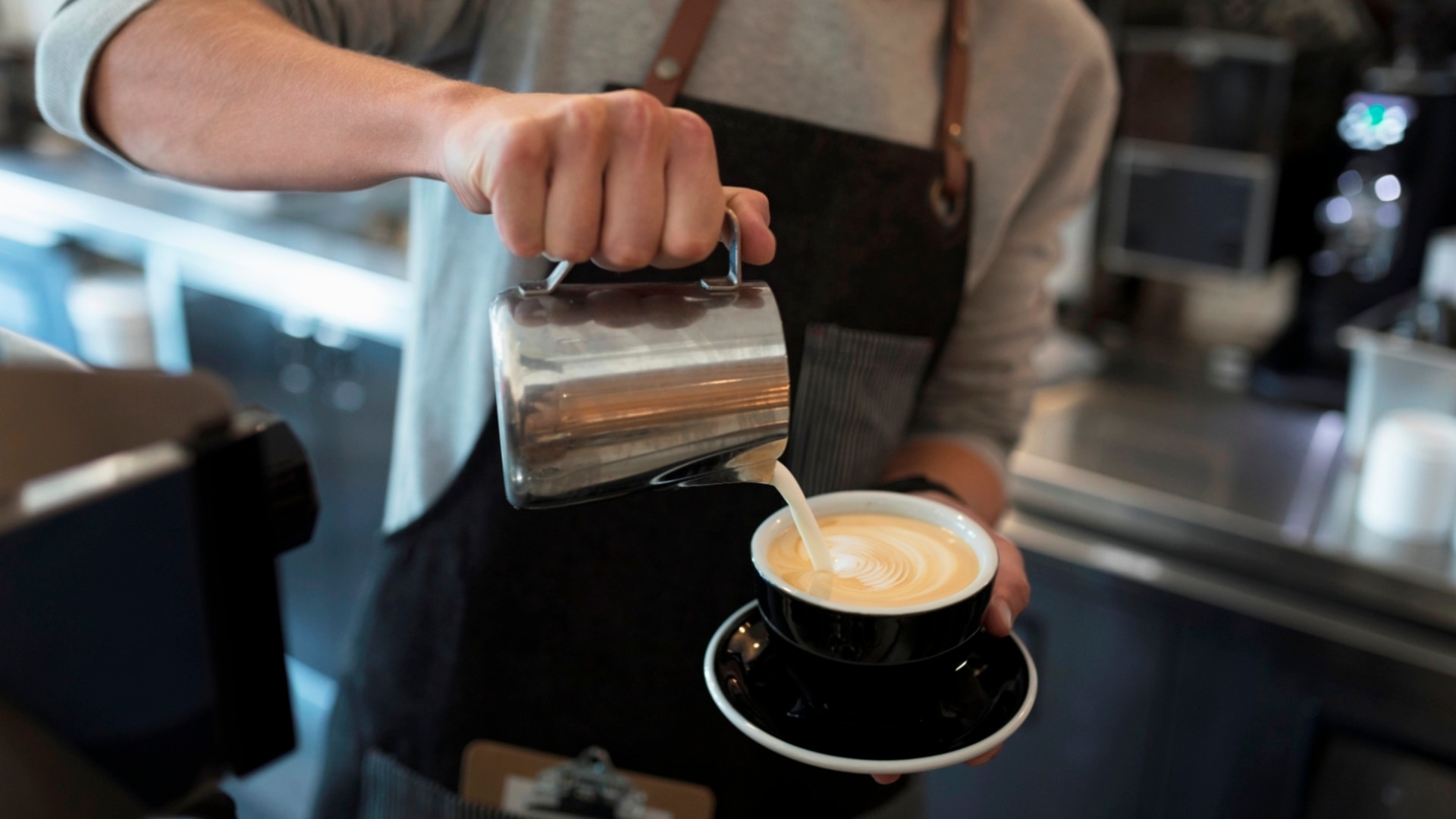
“Then with further pressures, wages pressure (and) increasing rent, staffing issues, cost of materials etc. it's unfortunately created a bit of a perfect storm,” he said.
Many calls Clifton Hall received from hospitality businesses were about director pressure from the Australian Taxation Office over their debts.
Mr Miller said these businesses were receiving demand notices or even director penalty notices that would make a company’s director personally liable for the debts unless they take action.
Cost of doing business
Clifton Hall was appointed as the liquidator to Mount Gambier venue Sorrentos Cafe in October.
Located just off the main street and surrounded by fellow cafes, pubs and restaurants, Sorrentos employed about 18 casual and permanent staff members when it was operational.
It faced tough competition from the variety of nearby venues, with Mr Miller describing Sorrentos as “somewhere between a café and a restaurant”.
He also noted the large size of the venue and the corresponding rent meant a large patronage was required to keep the business in profit.
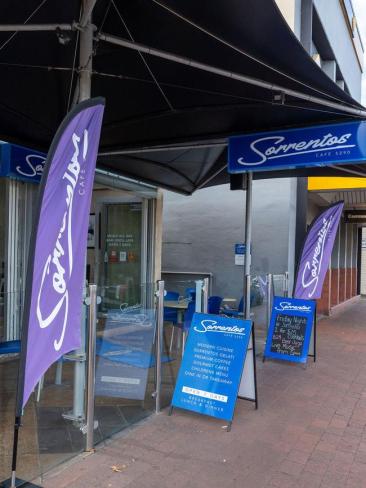

However, the recent downturn of disposable income led to a drop in sales.
“I think really just a drop in patronage was really the big thing,” Mr Miller said.
“So sales drops - the rent is pretty significant given the size of the site so it needs a lot of people through to make it work.
“They were really the big things from an ongoing basis.”
A tough market, where business owners are forced to sell more as people have less, has also impacted Dre Walters’ Old Mate’s Group, particularly as mounting financial pressures meant the impact of alcohol excise was front and centre.
Mr Walters said his venue used to “cop” the biannual alcohol excise - which is based on either the June or December quarter inflation data - in the short term and only raise prices about once every two years to account for this.
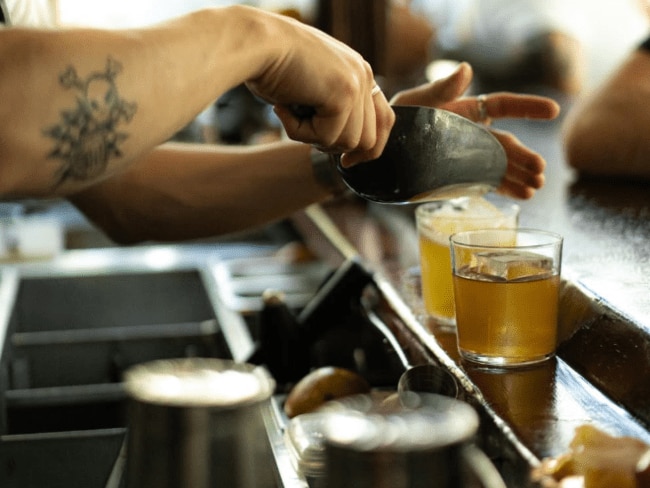
“Now, we're getting to the point where you've got to raise your prices twice a year in line with excise. Otherwise, you're eating into your margin,” he said.
“In hospitality, everyone thinks there's a big margin that you make off a beer, but realistically, if you're making 10 or 8 per cent off that beer, that's a really good effort.”
Labor revealed it will pause the draught beer excise during its pre-election budget, but spirits are still subject to the increases.
Mr Walters, whose venues are primarily focused on cocktails, said the excises and price increases from rising rents could mean Sydneysiders may see the cost of their typically $20 to $25 drink surge.
“If you look even eight to 10 years (into the future) it's going to cost anywhere from $38 to $42,” he said.
While the hospitality sector has faced challenges over the past year, CreditorWatch said the outlook for the Australian economy has “brightened” in recent months as the benefits of Labor’s income tax cut from mid-2024 flowed through.
It said the RBA’s first interest rate cut since 2020 would reinforce this sentiment over the coming months.
Add your comment to this story
To join the conversation, please log in. Don't have an account? Register
Join the conversation, you are commenting as Logout
Disclaimer: Investing carries risk. This is not financial advice. The above content should not be regarded as an offer, recommendation, or solicitation on acquiring or disposing of any financial products, any associated discussions, comments, or posts by author or other users should not be considered as such either. It is solely for general information purpose only, which does not consider your own investment objectives, financial situations or needs. TTM assumes no responsibility or warranty for the accuracy and completeness of the information, investors should do their own research and may seek professional advice before investing.
Most Discussed
- 1
- 2
- 3
- 4
- 5
- 6
- 7
- 8
- 9
- 10